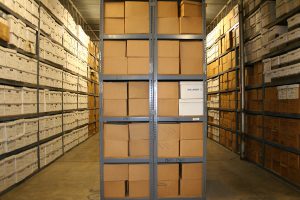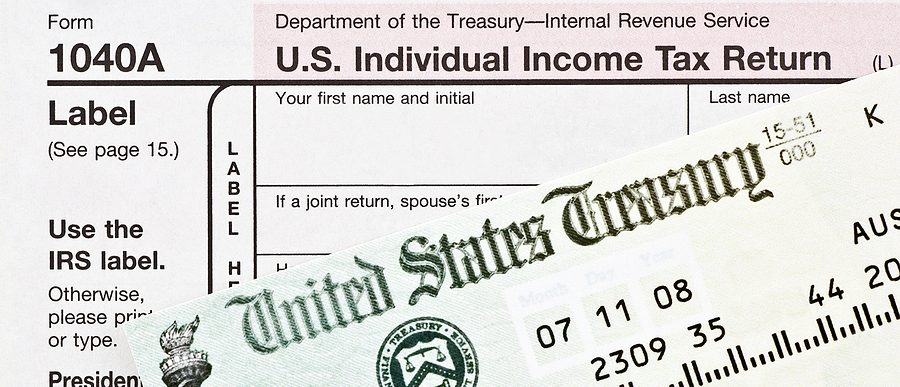
From the creation all the way to destruction, the document management process steps allow a business to organize the life cycle of various documents and records. Designed to take each step of a document’s life into consideration, document management programs typically include plans for factors ranging from what documents need to be stored and for how long, to how to safely dispose of them once they’re no longer needed.
There are numerous strategies you can integrate to create efficient document management process steps. It will depend on the size of the office and the type of destruction methods you want to implement. To get a better idea of the general flow of document management, here’s a step-by-step outline of how the process works.
Step One: Take a Complete Document Inventory
 When it comes to document management plans, documents are tracked and managed throughout their life cycle from the moment of their creation up until their eventual destruction.
When it comes to document management plans, documents are tracked and managed throughout their life cycle from the moment of their creation up until their eventual destruction.
This process begins when businesses take an overall inventory of their document inventories. You should examine your different documents closely to determine which you should store and retain for later use. In addition, documents that are no longer necessary for keeping around out of consideration for space or security concerns.
Afterward, companies designate an individual to be responsible for the document management process. The manager for a document management plan ensures the document destruction step occurs on schedule. They also maintain the management of active files still in use.
Step Two: Develop a Retention and Destruction Policy
 After conducting a complete evaluation of company documents and information, there are typically several various documents and pieces of information that do need to be kept for some period, which is why businesses create document retention and destruction policies.
After conducting a complete evaluation of company documents and information, there are typically several various documents and pieces of information that do need to be kept for some period, which is why businesses create document retention and destruction policies.
A document retention policy contains guidelines for how long different types of documents should be kept and how they should be destroyed. More importantly, it can protect a business during litigation. Additionally, it helps to ensure compliance with state and federal laws like HIPAA and FACTA.
Furthermore, the importance of retention and destruction policies is compounded by the fact that by shredding documents once they pass their useful life, businesses can drive down the cost of storing documents. This helps minimize their chances for old documents leading to a data breach.
With a retention and destruction policy in place, the next question to answer is how to store and manage documents. There are a range of different storage options available ranging from hard-copy to digital methods. In many cases, companies will choose to combine strategies to best optimize their workflow.
For some, electronic document management methods and services can be more appealing for their benefits to accessibility and usability. When new documents are ready to be stored, companies can use scanning services to convert the documents to digital formats. Here, they can use cloud storage or an electronic document management system to manage the digital documents.
On the other hand, however, some companies choose to maintain hard-copy documents. In this case, companies often utilize secure off-site records storage facilities. Off-site storage locations help companies to maintain their retention and destruction policies without sacrificing valuable office space. This is particularly helpful for inactive records needing to be retained for legal or regulatory reasons.
Step Three: Development of Procedures and Planning
 Once you finish laying the groundwork and the planning, the final component of document management processes is the actual documentation and establishment of the proper program procedures.
Once you finish laying the groundwork and the planning, the final component of document management processes is the actual documentation and establishment of the proper program procedures.
This usually involves a few steps. We’ve broken them out to give you a clearer idea of what the flow of document management looks like:
- Document Identification – Does you need to retain the document, or can you discard it? If you no longer need it, the document should be immediately designated for shredding.
- Document Retention – If there are established retention periods, the documents should be appropriately stored either using an electronic document management system or as hard-copy. Consider document risk evaluations. Will digital storage provide effective security, or is an off-site facility a better option for protecting inactive files?
- Disaster Recovery – In the event of flood, fire, or other environmental damage. The company must make plans so they can quickly recover. With electronic document management options, this entails data backup implementations. As for hard-copy storage, off-site locations provide locked and climate-controlled facilities to meet this need.
- Document Destruction – When documents don’t need to be kept or they’re past their retention period. The final step is secure document destruction. To keep up with destruction schedules most companies work with ongoing shredding service providers to either destroy documents on-site or at a secure facility. If you use electronics, you can schedule a hard drive shredding and electronic media destruction service.
Start The Document Management Process Steps With Shred Nations Today!
At Shred Nations, we partner with a nationwide network of local providers for several document management services ranging from document shredding and destruction to records storage and scanning. We help provide businesses with the tools they need to build an effective document management plan.
For more information on any of our available services or to get a list of free quotes on document management services from providers in your area, simply fill out the form or just give us a call at (800) 747-3365 today!












